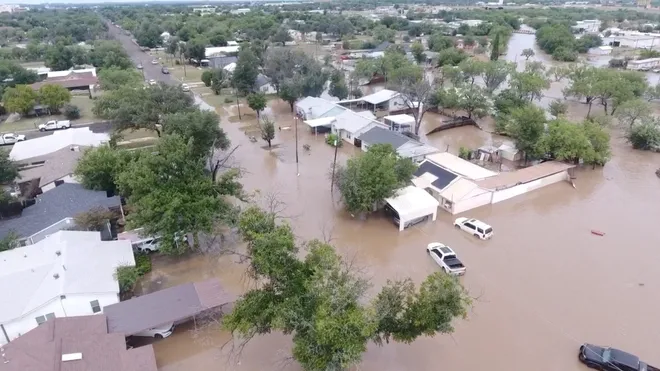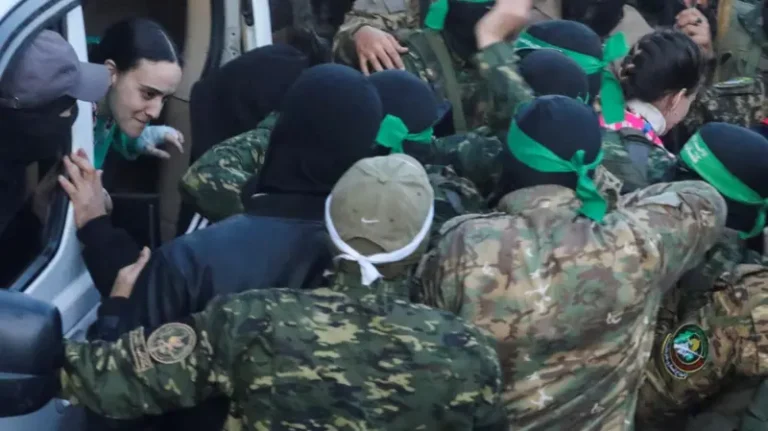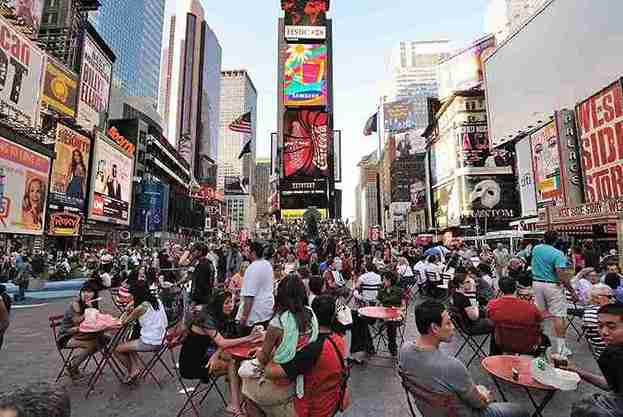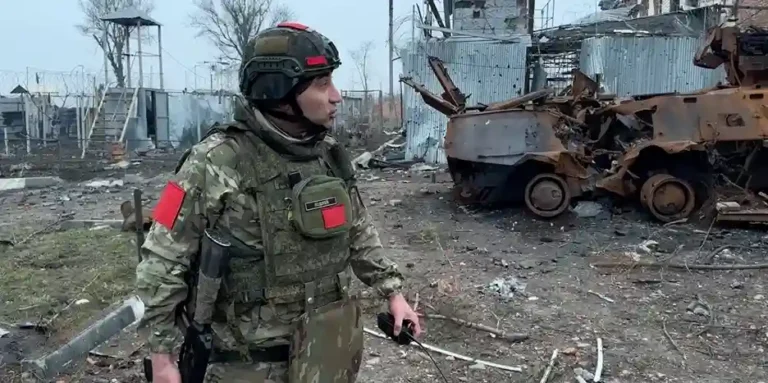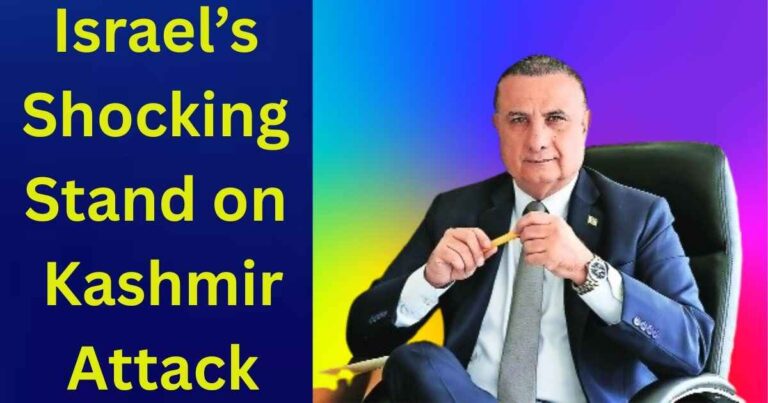U.S.-Backed Plan to Disarm Hezbollah Sparks Fears of Civil War in Lebanon
Lebanon stands at a precarious crossroads as a U.S.-backed proposal to disarm Hezbollah, the powerful Iran-backed militant group, threatens to ignite tensions that could plunge the country into civil war. The plan, presented by U.S. envoy Tom Barrack, outlines a comprehensive strategy to neutralize Hezbollah’s military capabilities by the end of 2025, alongside an Israeli withdrawal from contested areas in southern Lebanon. However, Hezbollah’s leadership has vehemently rejected the proposal, warning that any attempt to disarm the group could lead to internal strife. This article explores the details of the U.S. plan, Hezbollah’s response, the potential for civil war, and the broader implications for Lebanon’s fragile political and social fabric.
Background: Hezbollah’s Role in Lebanon
Hezbollah, established in 1982 during Lebanon’s civil war (1975-1990), emerged as a resistance movement against Israeli occupation. Over the decades, it has evolved into a formidable political and military force, wielding significant influence in Lebanon’s government and society. Backed by Iran, Hezbollah maintained its arsenal post-civil war, unlike other factions that disarmed under the 1989 Taif Agreement. Its military strength, once considered superior to the Lebanese army, has been justified by the group as necessary to defend Lebanon against Israeli aggression.
The group’s military capabilities were severely weakened during a 14-month conflict with Israel that began in October 2023, triggered by Hezbollah’s support for Hamas following the Gaza war. The conflict, which ended with a fragile ceasefire in November 2024, resulted in significant losses for Hezbollah, including key leaders like Hassan Nasrallah and an estimated 20,000 casualties. Despite these setbacks, Hezbollah remains a potent force, particularly among Lebanon’s Shiite Muslim community, and continues to resist calls for disarmament.
The U.S. Proposal: A Four-Phase Plan
On August 7, 2025, the Lebanese cabinet reviewed a detailed U.S. proposal, submitted by envoy Tom Barrack, aimed at disarming Hezbollah and stabilizing Lebanon. The plan, titled “Extension and Stabilization of the Ceasefire Declaration Between Lebanon and Israel, November 2024,” outlines a four-phase strategy to achieve these objectives by December 31, 2025. The key components include:
Phase 1 (Within 15 Days)
- Lebanese Commitment: The Lebanese government must issue a decree committing to the full disarmament of non-state actors, including Hezbollah, by the end of 2025. This aligns with the 1989 Taif Agreement and UN Security Council Resolution 1701 (2006), which mandates that only the Lebanese army and UN peacekeepers hold weapons in southern Lebanon.
- Israeli Cessation of Hostilities: Israel would halt all military operations—ground, air, and sea—in Lebanon.
- Initial Steps: The Lebanese army would begin preparing a deployment plan to assert state control over weapons, while Hezbollah’s military infrastructure, such as tunnels and weapons depots, would be made accessible for disarmament.
Phase 2 (15 to 60 Days)
- Implementation of Disarmament: The Lebanese government would approve a detailed army deployment plan to enforce state monopoly on arms. This includes setting specific disarmament targets.
- Israeli Withdrawal: Israel would withdraw from three of the five strategic positions it holds in southern Lebanon.
- Prisoner Release: Lebanese prisoners held by Israel would be released in coordination with the International Committee of the Red Cross (ICRC).
- Economic Support: Friendly nations, including the U.S., France, Saudi Arabia, and Qatar, would pledge support for an economic summit to aid Lebanon’s reconstruction.
Phase 3 (60 to 90 Days)
- Hezbollah’s Withdrawal: Hezbollah would complete its military withdrawal from areas south of the Litani River, approximately 30 kilometers from the Israeli border.
- Further Israeli Withdrawal: Israel would vacate the remaining two strategic positions, allowing the Lebanese army to take control.
- Reconstruction Funding: International funding would be secured for rubble removal and infrastructure rehabilitation in preparation for Lebanon’s reconstruction.
Phase 4 (90 to 120 Days)
- Complete Disarmament: Hezbollah’s remaining heavy weapons, including missiles, drones, mortars, rocket launchers, and surface-to-air and surface-to-surface missiles, would be dismantled. All military infrastructure, such as command centers and tunnels, would be neutralized.
- Full Israeli Withdrawal: Israel would completely withdraw from Lebanese territory, with the Lebanese army and security forces assuming control over all regions.
- Economic Conference: The U.S., Saudi Arabia, France, Qatar, and other allies would organize an economic conference to support Lebanon’s economy and reconstruction, aligning with President Donald Trump’s vision for a “prosperous and viable” Lebanon.
The proposal also includes measures for permanent border demarcation between Lebanon and Israel, as well as Lebanon and Syria, and increased international support for the Lebanese army to ensure compliance. Non-compliance by Lebanon could result in economic sanctions and suspension of military aid, while Israeli violations would trigger UN Security Council reprimands.
Hezbollah’s Response: A Threat of Civil War
Hezbollah’s leadership, under Secretary-General Naim Qassem, has categorically rejected the disarmament plan, accusing the Lebanese government of “handing the country to Israel” and implementing an “American-Israeli order” to end the resistance. In a televised speech on August 15, 2025, Qassem warned that any attempt to disarm Hezbollah could lead to civil war, stating, “We will fight this as a Karbala-style battle if necessary, confronting this Israeli-American scheme no matter the cost.” He argued that Hezbollah’s weapons are essential for Lebanon’s defense as long as Israel continues its attacks, occupies Lebanese territory, and holds Lebanese prisoners.
Qassem’s remarks followed a meeting with Iran’s Supreme National Security Council Secretary Ali Larijani, who visited Beirut to express Tehran’s opposition to the disarmament plan. Iranian officials have maintained that Hezbollah, a key member of Iran’s “axis of resistance,” will not be disarmed, and Iran would continue to support the group. Qassem accused the Lebanese government of “serving the Israeli agenda” and warned that it would bear responsibility for any “internal explosion or destruction” resulting from the plan. He emphasized that Hezbollah would not surrender its weapons while Israeli aggression persists, a stance that resonates with its Shiite base but alienates other Lebanese factions.
Hezbollah’s resistance is not merely rhetorical. The group has threatened to organize demonstrations, including protests at the U.S. Embassy in Awkar, north of Beirut, to pressure the government. While Qassem stated that Hezbollah and its ally, the Amal movement, would not immediately organize street protests, the threat of mobilization looms large.
Lebanese Government’s Position
The Lebanese government, led by President Joseph Aoun and Prime Minister Nawaf Salam, has faced intense pressure from the U.S. to implement the disarmament plan. On August 7, 2025, the cabinet approved the objectives of the U.S. proposal, tasking the Lebanese Armed Forces (LAF) with developing a detailed strategy to bring all arms under state control by the end of the year. However, the decision sparked controversy, with Hezbollah ministers and their Shiite allies walking out of the cabinet meeting in protest.
President Aoun, who assumed office in January 2025 after a two-year political vacuum, has consistently advocated for a state monopoly on arms, arguing that it is essential for Lebanon’s sovereignty and stability. In a speech on July 31, 2025, he called on all political parties to support the disarmament effort, emphasizing that the Lebanese army and security forces should be the sole bearers of weapons. Aoun proposed modifications to the U.S. plan, which will be discussed in a cabinet meeting scheduled for the following week, to address Hezbollah’s concerns and ensure a balanced approach.
Prime Minister Salam announced that the LAF would present a disarmament plan by the end of August 2025, which would also address the demilitarization of Palestinian refugee camps governed by the 1969 Cairo Agreement. The government’s decision to move forward with the plan is driven by fears of another devastating war with Israel and the need for international funding to rebuild Lebanon’s war-torn regions.
Risk of Civil War
The prospect of disarming Hezbollah has raised alarm bells about the potential for civil war in Lebanon, a country with a history of sectarian conflict. Hezbollah’s significant support among the Shiite community, coupled with its political influence and military capabilities, makes any attempt to forcibly disarm the group fraught with danger. Analysts warn that pushing Hezbollah into a corner could lead to sectarian strife, particularly if the Lebanese army is drawn into a confrontation with the group.
Qassem’s invocation of a “Karbala-style battle”—a reference to the historic Shiite stand against tyranny—underscores Hezbollah’s readiness to resist disarmament violently if necessary. The group’s accusations that the government is acting on U.S. and Israeli orders have further polarized Lebanon’s political landscape, with some factions supporting the disarmament plan and others viewing it as a betrayal of national sovereignty. Posts on X reflect this divide, with some users warning that the plan could “plunge Lebanon into civil war” and others accusing the government of doing “Israel’s bidding.”
Lebanon’s fragile social cohesion, already strained by economic collapse, political paralysis, and the aftermath of the 2023-2024 war with Israel, is at

